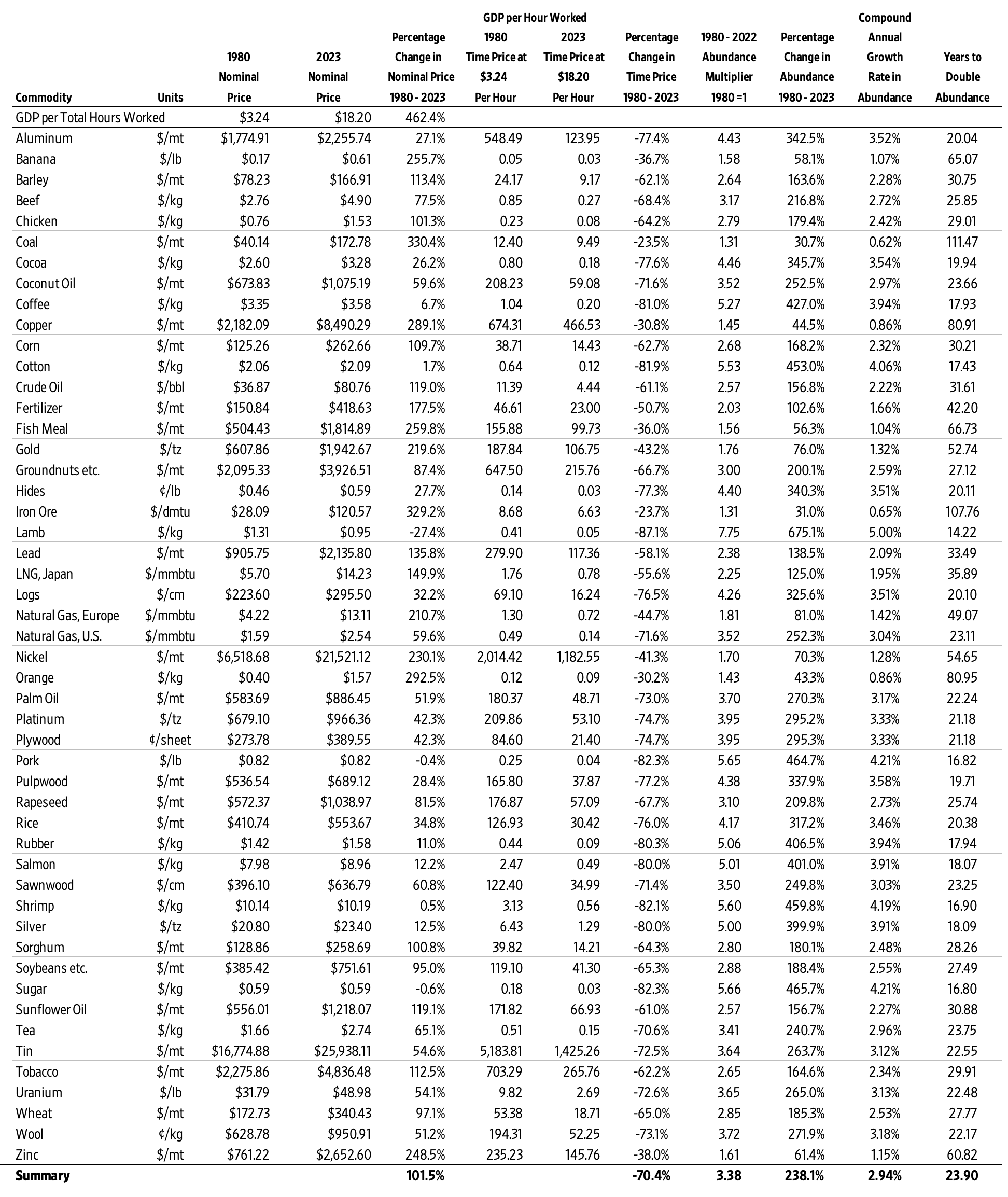Most people have quite the dire view of finance and markets. Unscrupulous bankers and pompous hedge funds place unsound bets on obscure and risky investments; greedy businessmen jack prices and fire workers at the first sight of recessions caused by their own avarice. Money rules the world, goes the trope. But that also means that financial incentives have the power to align behavior more powerfully than most appeals to morals, kindness, or the good of the community.
Yale University finance professor William Goetzmann opens his book Money Changes Everything: How Finance Made Civilization Possible with the observation that “finance is the story of a technology: a way of doing things. Like other technologies, it developed through innovations that improved efficiency. It is not intrinsically good or bad.” Markets, especially those for financial assets and property, are a way to rearrange reality’s unavoidable risks, benefits, and payoffs; they are “by, for, and about people’s lives.”
One fascinating way that modern financial engineering helps make the world a better place is through counterintuitive payments, such as in global forestry. Making money by chopping down trees is a model that everyone understands—get chainsaws and harvesters, hire some laborers, chop trees, and sell the wood for profit.
Another way is to make money by not chopping down trees, courtesy of resourceful financiers and carbon sequestration markets. In efforts to reduce their carbon emissions, major corporations routinely pay forest owners to keep more trees in the ground for longer. This “negative logging” is made possible by financial flows from those who want more trees to those who manage them.
In 2021, the World Bank paid nine districts in Mozambique’s Zambézia province for keeping forests intact. When in power, Brazil’s ex-president Jair Bolsonaro routinely tried to shake down the international community for cash payments in exchange for not deforesting the Amazon. Think what you will of this controversial political figure and his policies, but the economic mechanism his government proposed here was sound – rich Westerners want flourishing rainforests and an end to global deforestation, and poor farmers and loggers want to use economically unproductive land to better their standards of living. A deal naturally presented itself.
Well-structured financial payments can also solve another pickle that routinely devolves into political mudslinging: wildlife. City-dwellers often have a romanticized view of nature and ecologic systems, like the idea of healthy wolf populations. Ranchers and pastoralists who bear the visible costs of livestock killed usually have a different view. Cue unsolvable political showdowns.
In Sweden, where ecological concerns usually reign supreme, rural constituents and an anti-wolf lobby have recently gotten the upper hand. This summer, the government announced that it wanted to reduce the already inbred and endangered wolf population by half. The policy is based on no scientific evidence whatsoever. It is a political measure to reduce concentrated economic damages among a loud constituency.
It seems that only one group can be satisfied. The groups who favor more wolves and those favoring fewer can’t both have their way. When management over common-pool resources devolves into political disputes, policy usually pinballs between various interests as they wrestle control over the political apparatus.
Finance and Markets Can Align Mutually Incompatible Interests
Economics informs us that unsolvable societal disputes don’t have to become political wrestling matches. Instead, we need financial instruments and payoffs that have city-dwellers paying rural communities for the unavoidable death caused by having thriving predator populations.
If city-dwellers’ desire to have large or growing wolf populations in their countries is genuine, they should be willing to pay extra for cattle meat sourced from wolf territories, the livestock most at risk for wolf attacks.
Ecologic systems, like economic systems, are dynamic – changes to them don’t impact just one thing. When wolves return to areas where they were hunted to extinction during the 20th century, they unfortunately attack livestock or domestic animals. But they also keep the population of boars, deer, or elk in check, which reduce the damage to agriculture and gardens, cars, and people. Insurance companies could play a role by supporting conservation efforts for large predators—or offer reduced premiums for customers that do—since more wolves means fewer and/or more skittish deer and elk, which dramatically reduce vehicle collisions with wildlife.
Another way to achieve the same reshuffling of economic value is to have (generally wealthier) city-dwellers pay lavishly for ecotourism trips into areas where wolves are plentiful—like these projects in Spain’s Sierra de la Culebra. Some of the revenue streams should make it back to shepherds losing livestock to attacks or farmers who can credibly show the presence of wolves on their grounds (say, through wildlife cameras capturing their movements).
In Scandinavia, these conflicts become overwhelmingly political not only out of a lack of financial engineering but also because most compensation schemes are run by bureaucrats and financed by taxpayers. Vultures circle around political payouts as well as fresh carcasses.
Modeling by Anders Skonhoft at the Norwegian University of Science and Technology suggests that ex-ante payments for predator presence yield better outcomes than ex-post reimbursement of livestock damages. This is the animal husbandry equivalent to paying for not cutting down trees.
In the 1990s, the Swedish government introduced such an ex-ante scheme for the Sámi population and the reindeer they manage. Sámi herders routinely lose some 20 percent of their animals to carnivore attacks every year. By tying reimbursement to the presence of lynx and wolverine offspring rather than exact reindeer attacks, the scheme turns those most posed to disapprove of predators into their greatest defenders.
With the introduction of ecotourism in Africa and the Amazon, the same financial incentives have flipped loggers and poachers into guides, the enemies of predators becoming their greatest protectors. On a larger scale, the right financial structures—payouts, markets, and assets—can align the interest of unsolvable political enemies.








